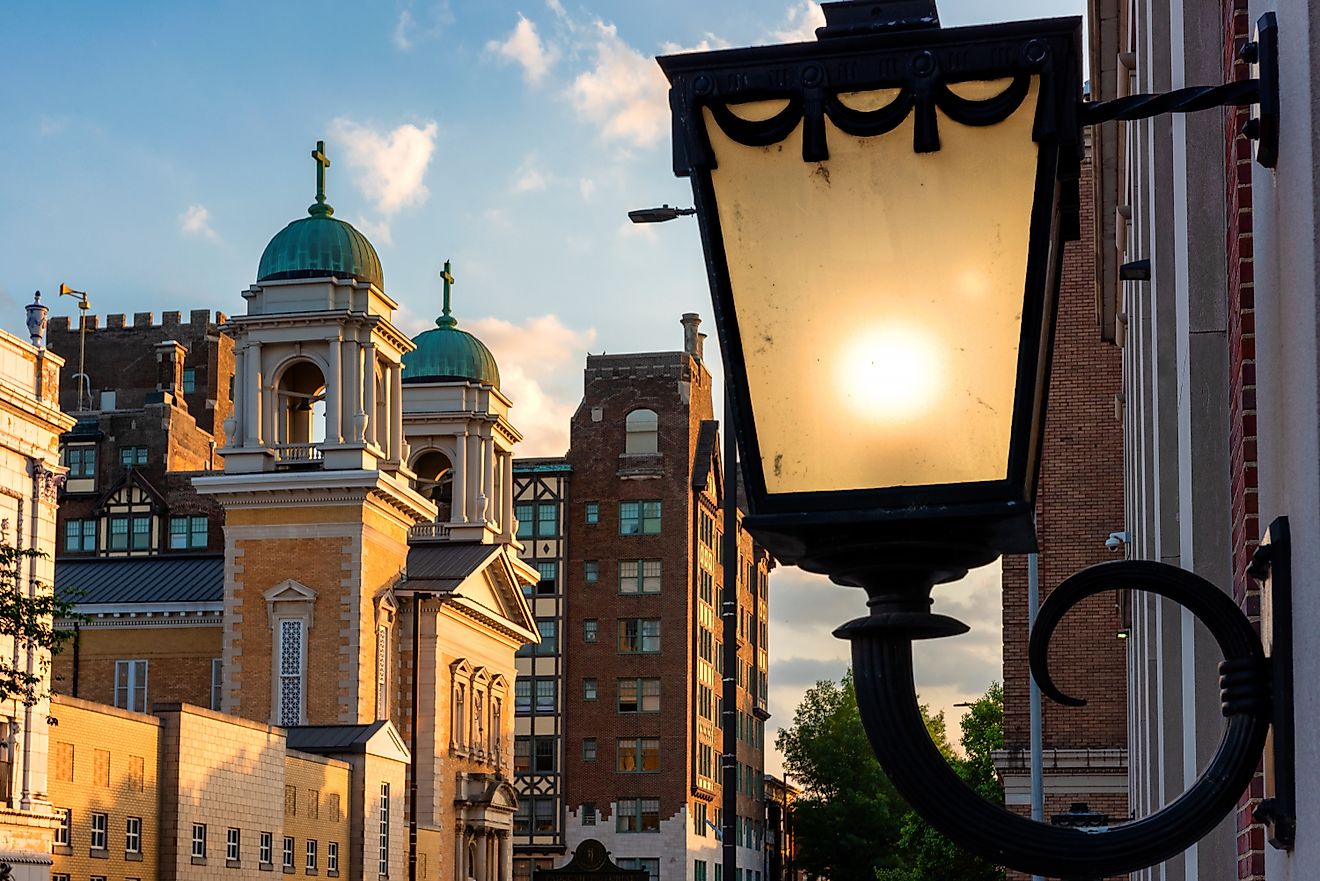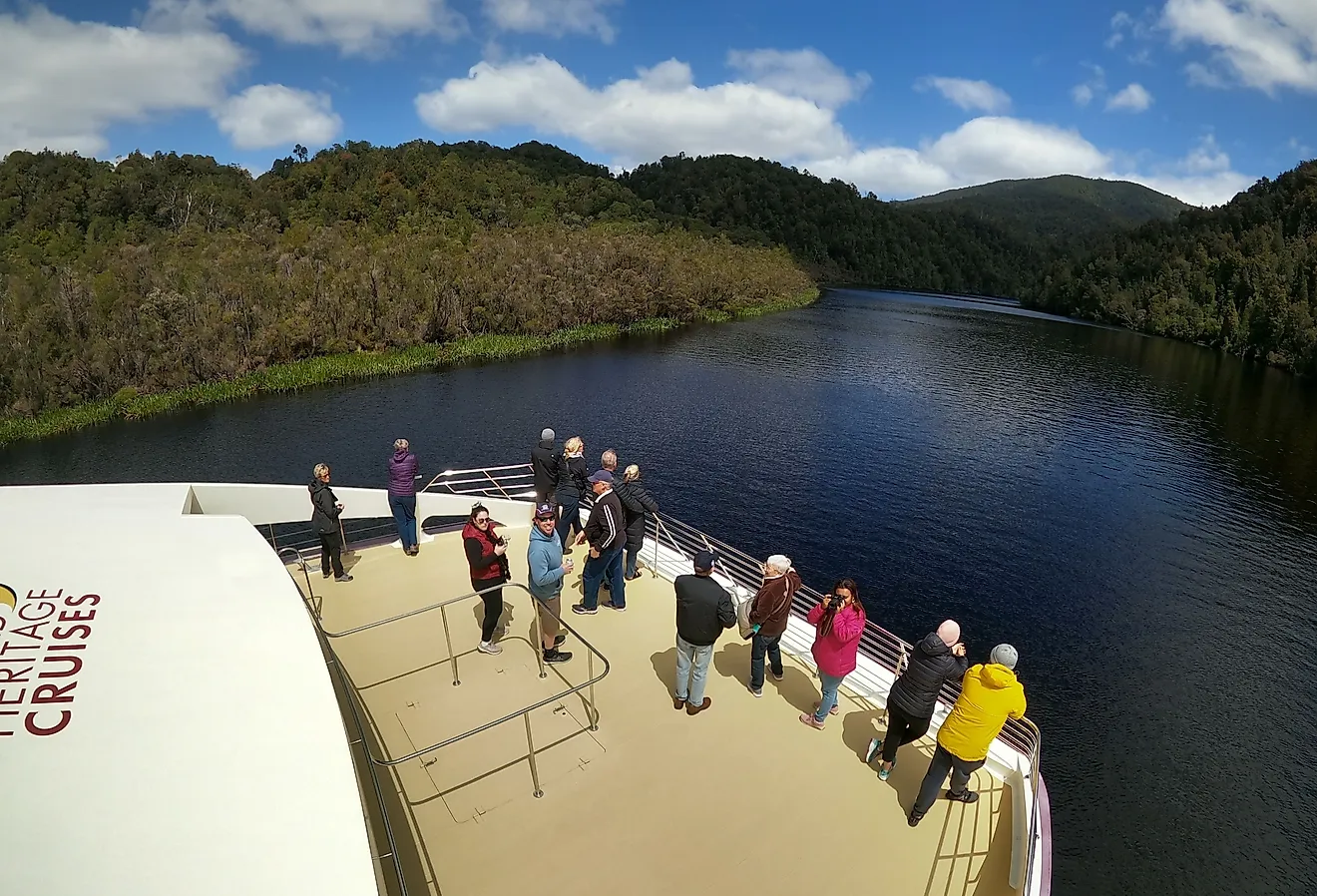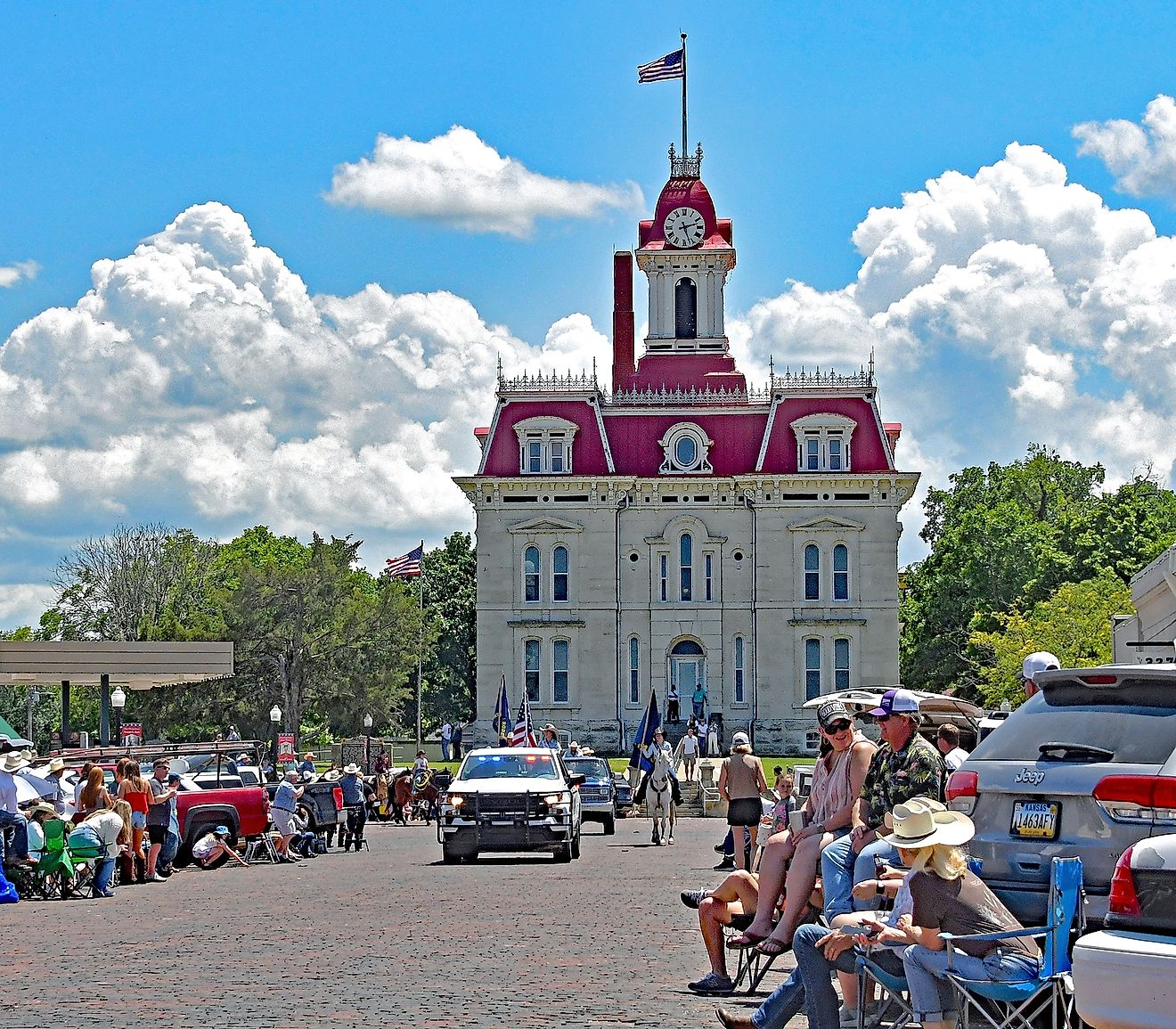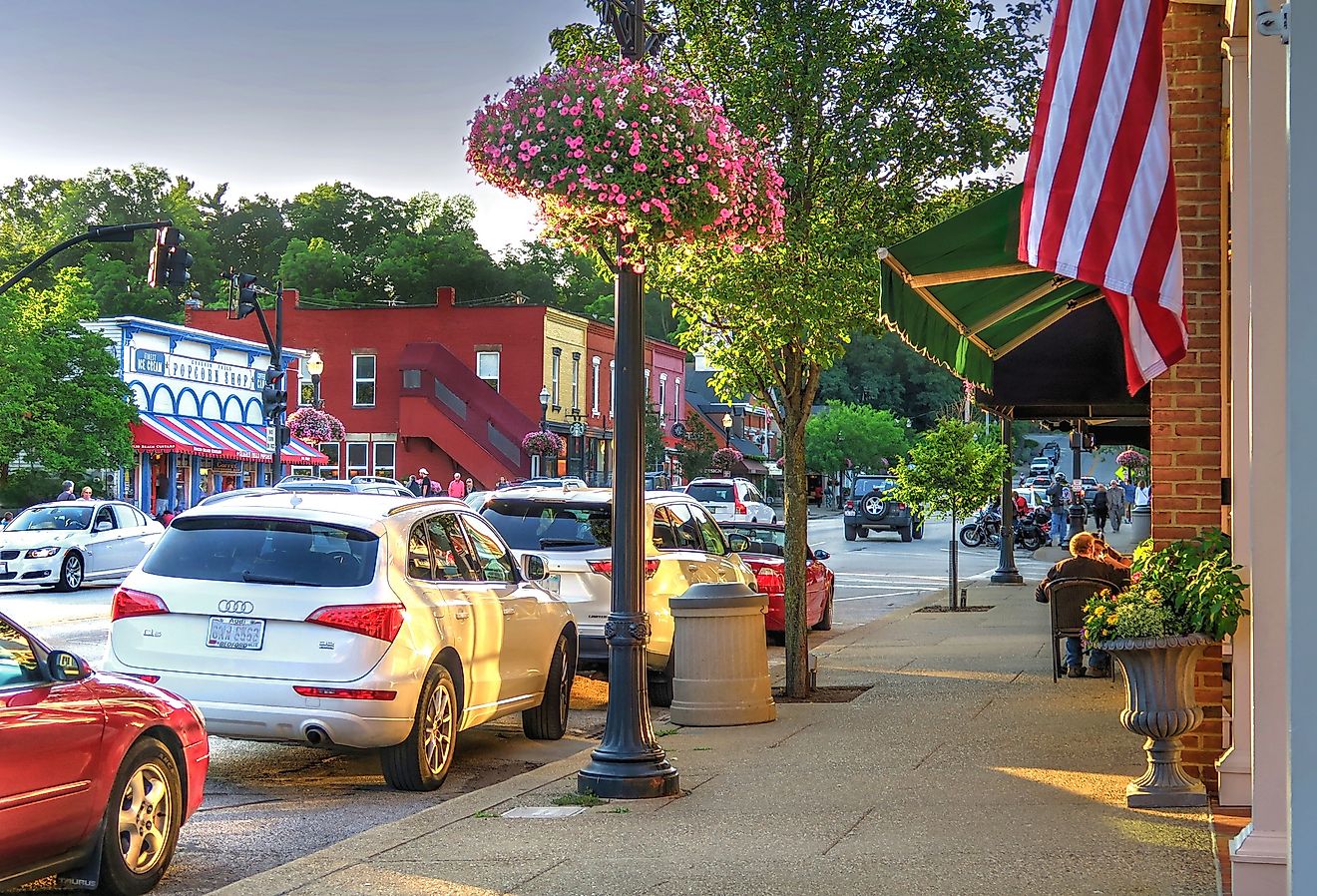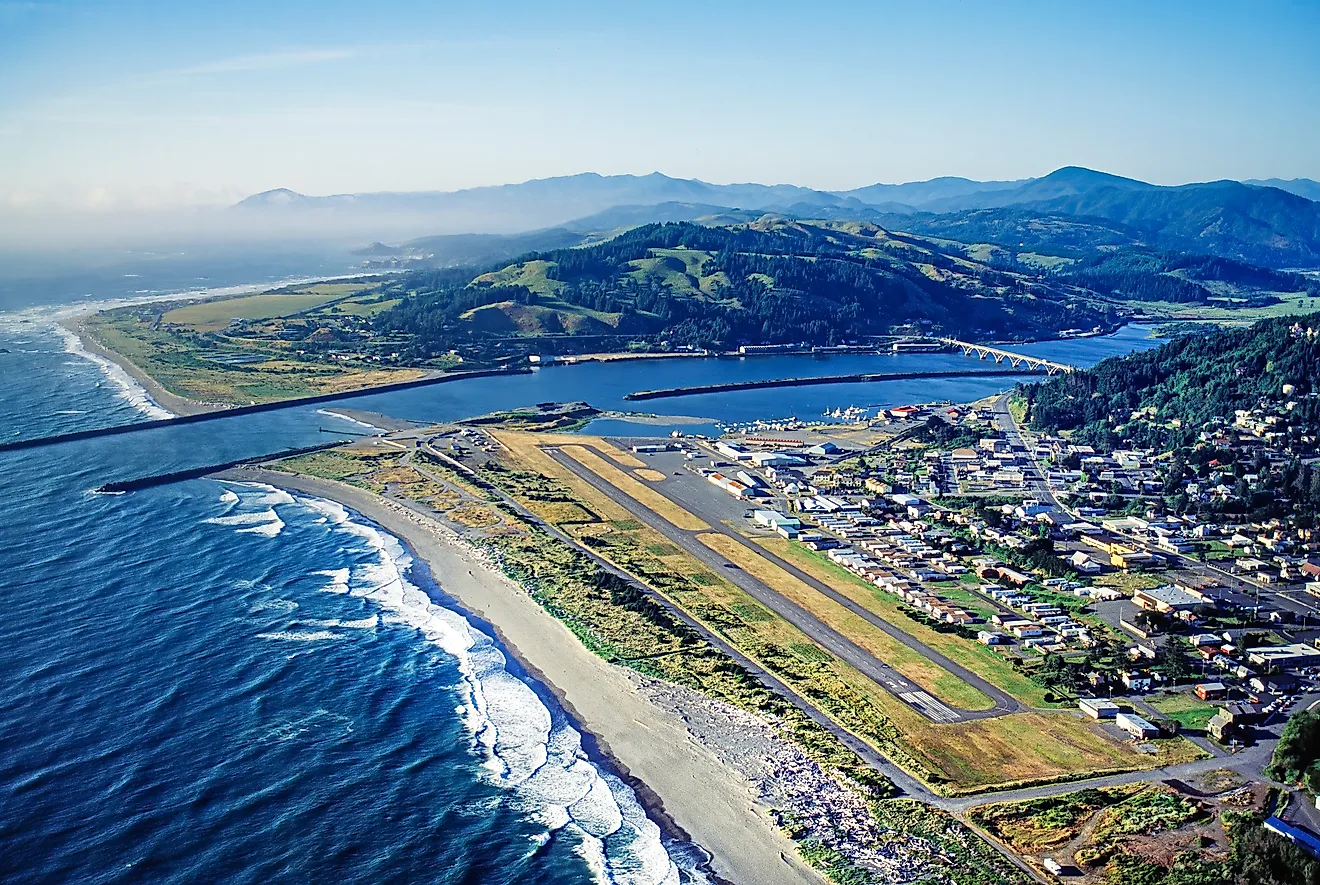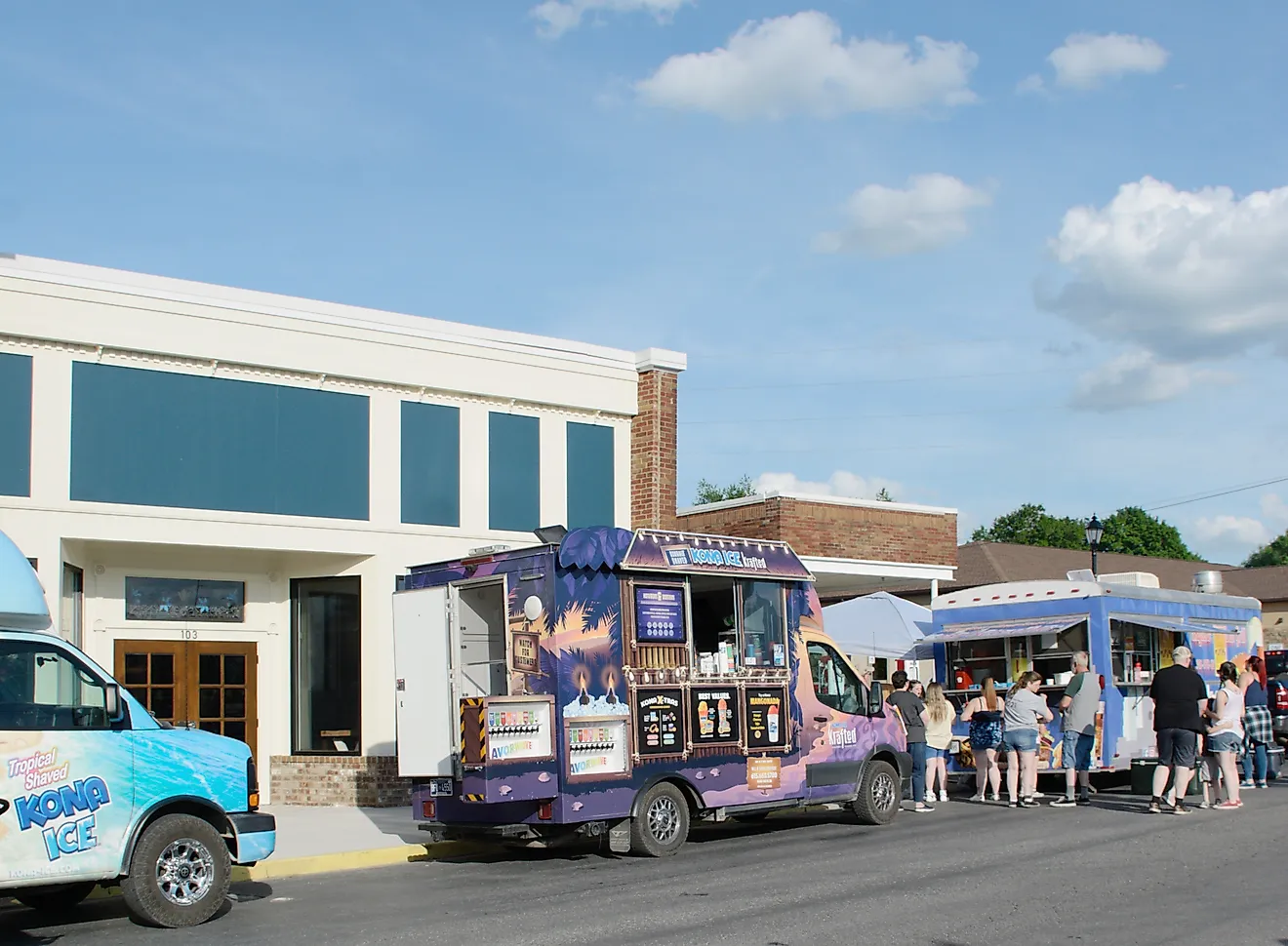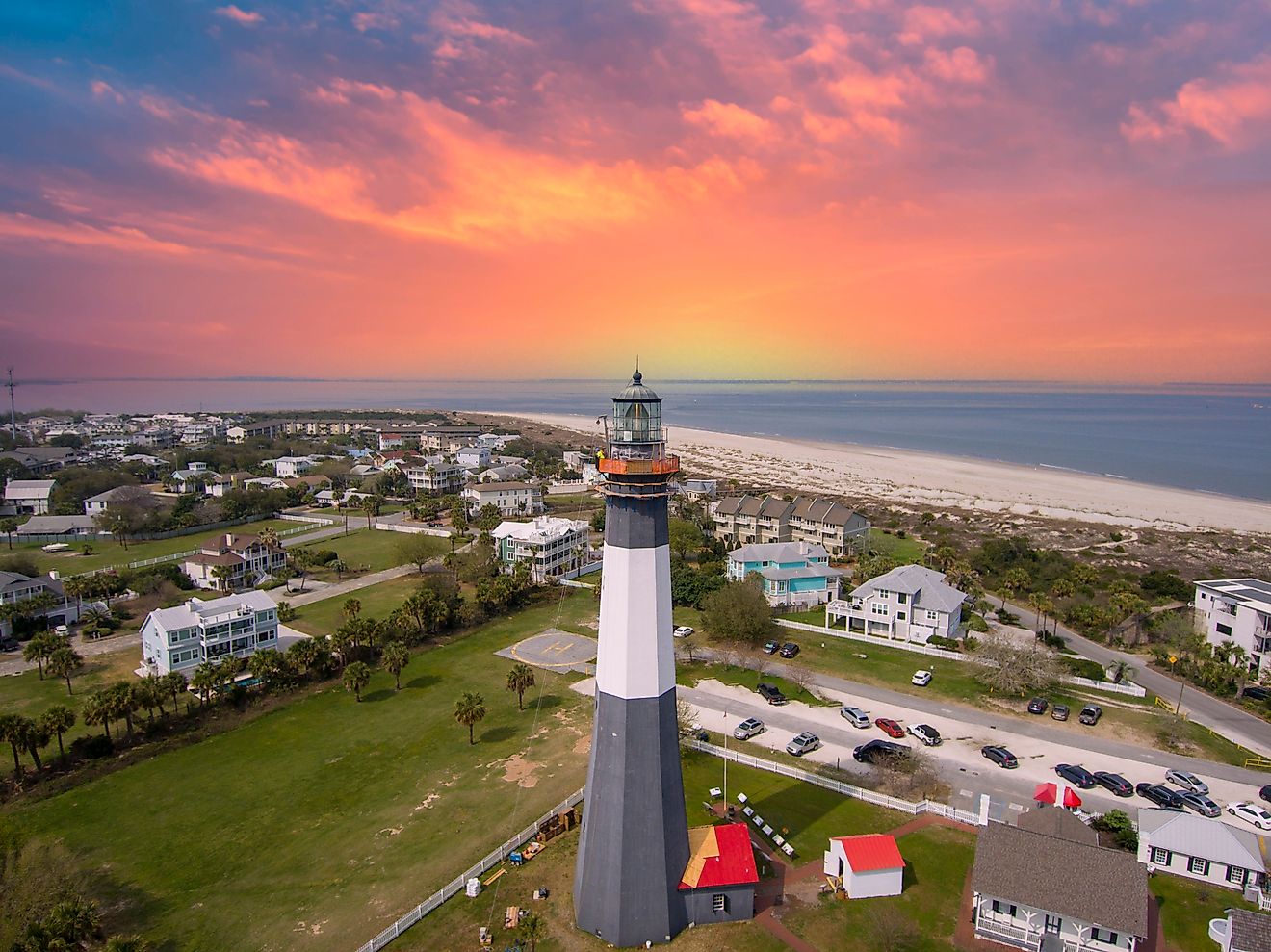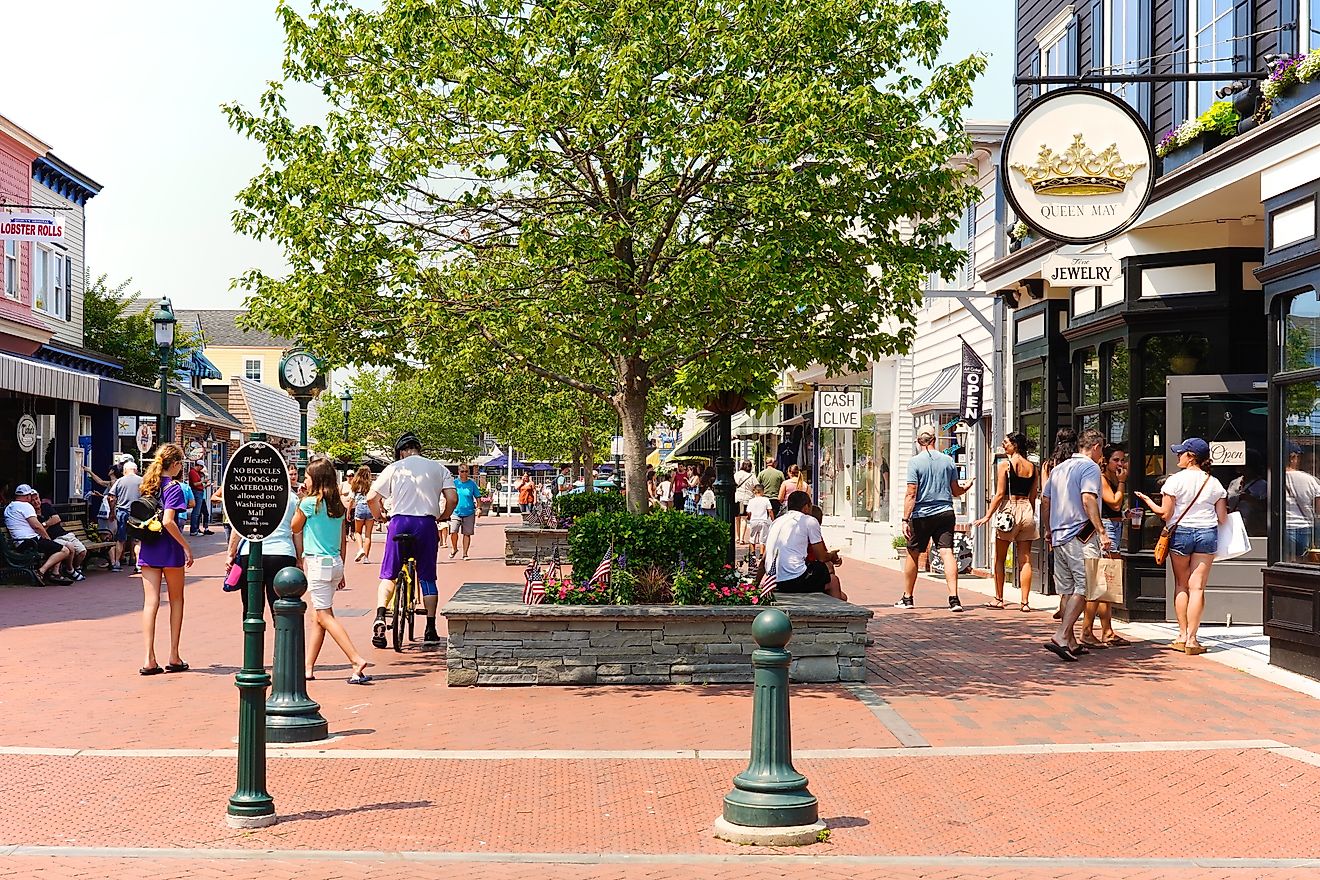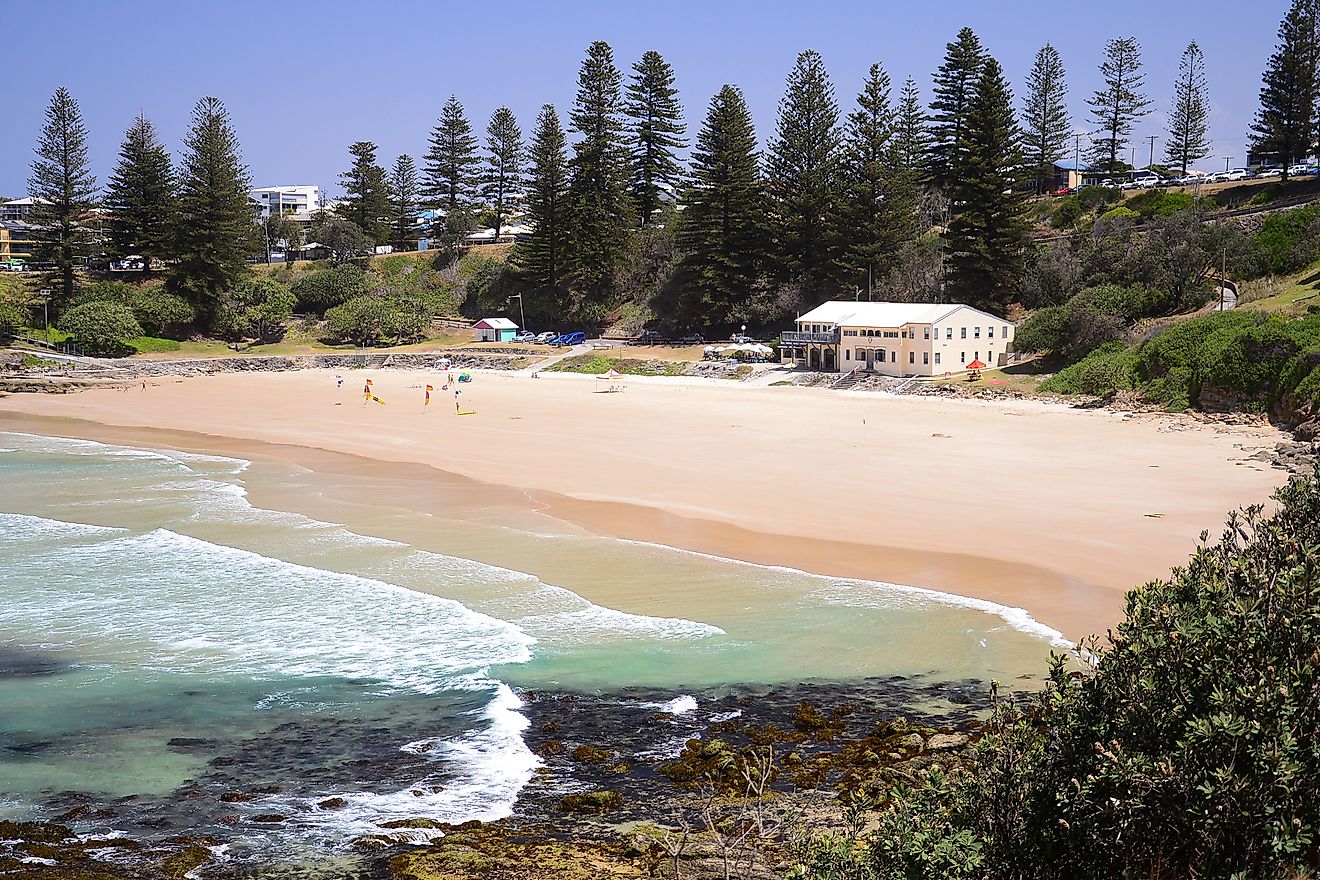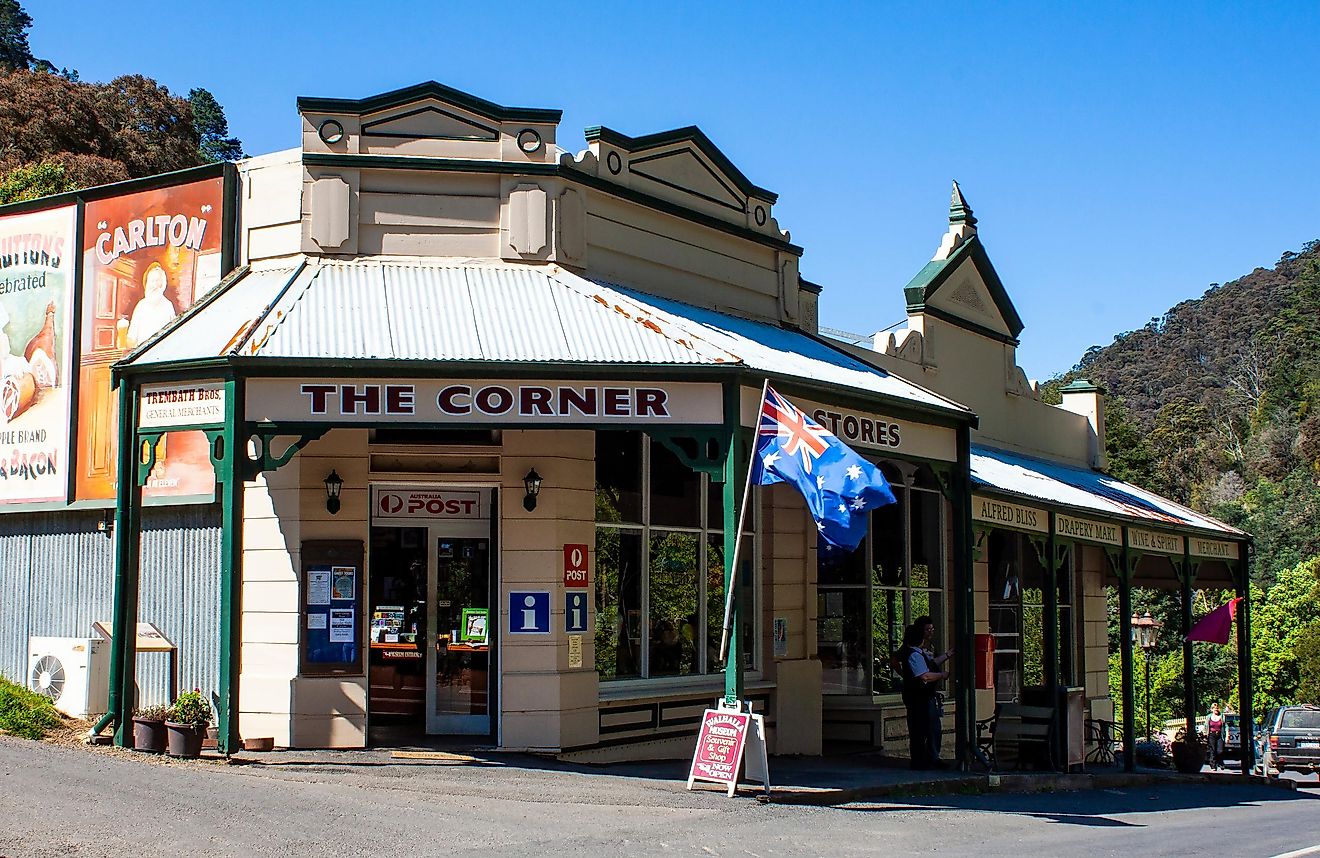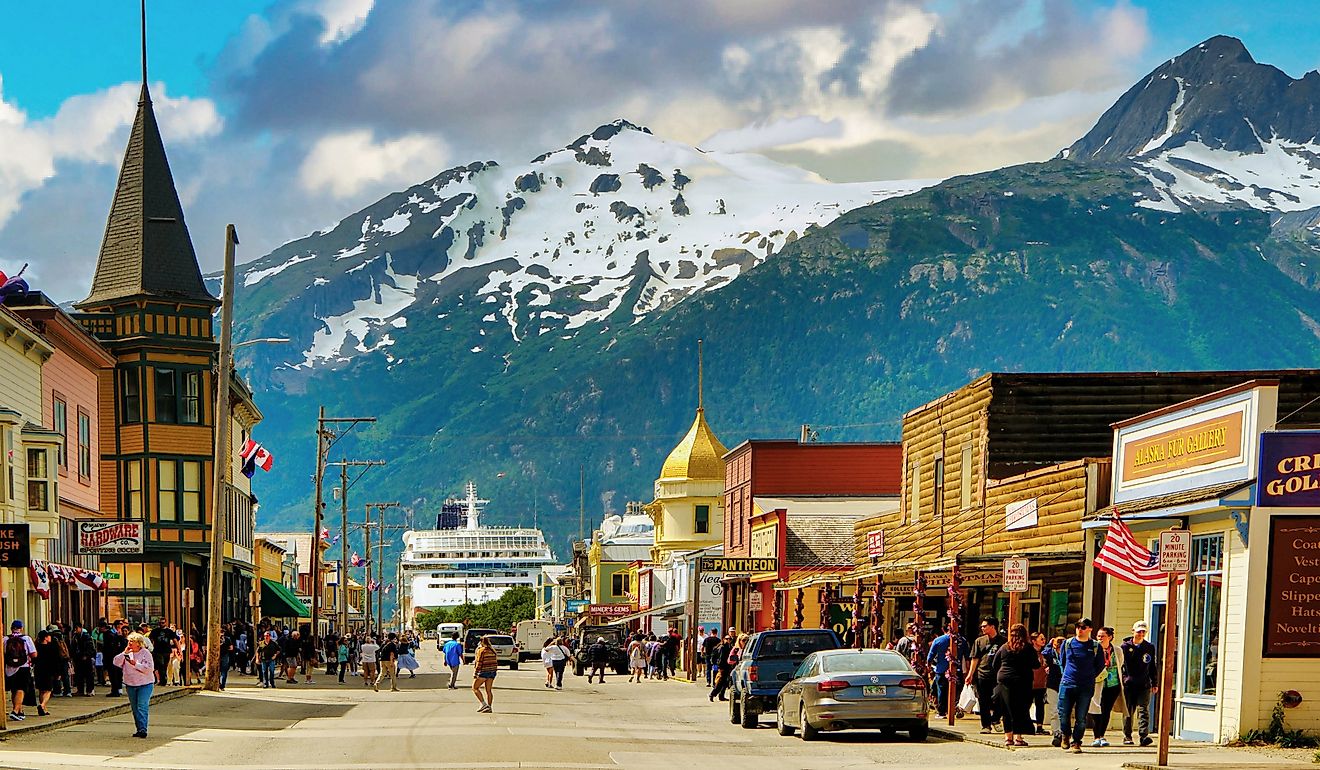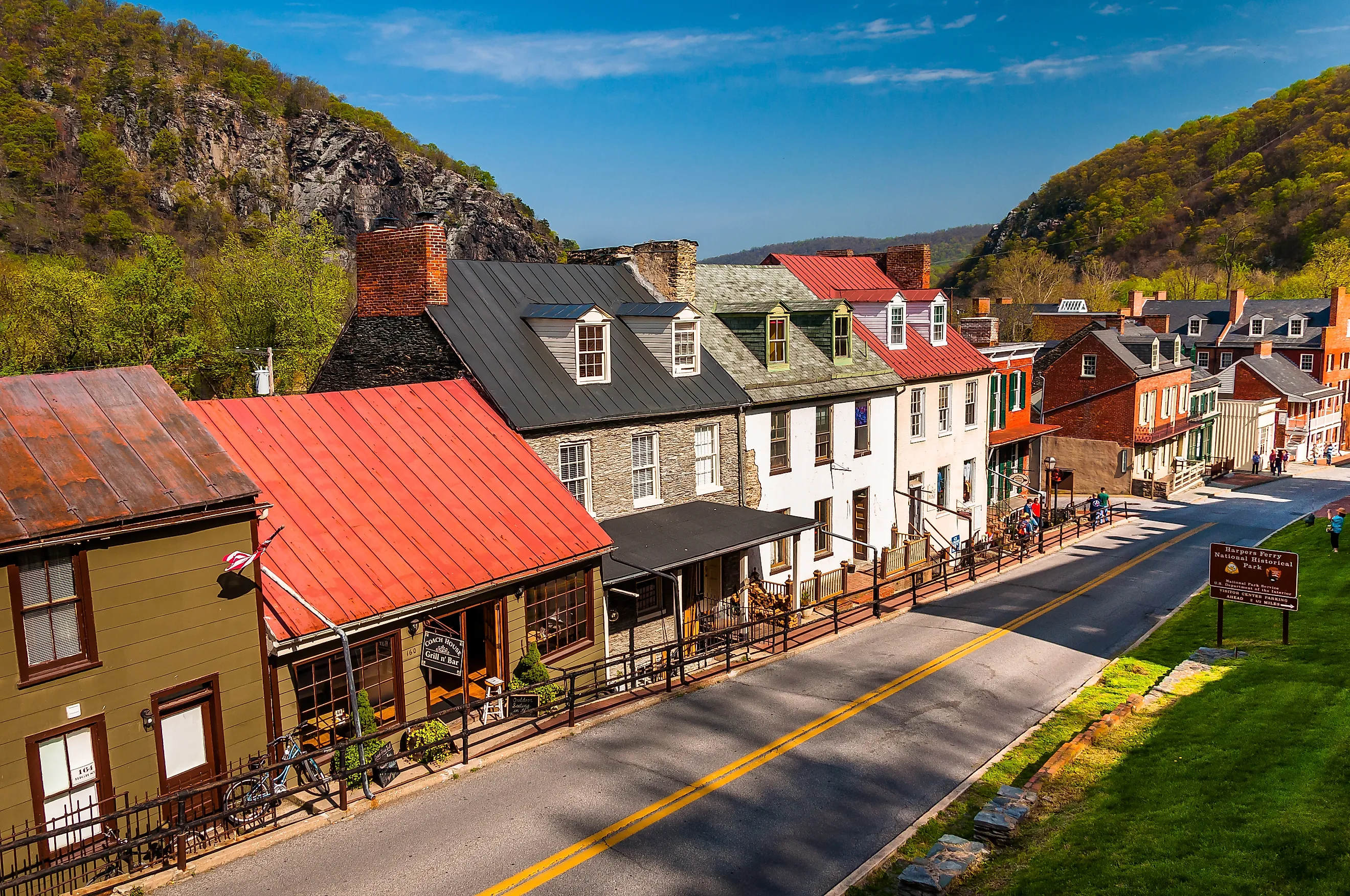
6 Main Streets Where West Virginia Comes Alive
If you’re looking for an authentic dose of Appalachian culture, you couldn’t do better than visit West Virginia's best small-town main streets. From the state’s Eastern Panhandle with its colonial-era thoroughfares to adventure towns along the New River Gorge, these main streets provide no end of fun in what was once America’s eastern frontier.
The Mountain State’s topography has also helped shape these commercial corridors. Some followed ancient trading routes once used by Native Americans, while others were built alongside railroad lines that carried coal and timber to eastern markets. Today, these same scenic streets attract visitors from across the country, all here for the same thing: to experience West Virginia's natural beauty and the small town main streets that influenced the state’s character.
Lewisburg
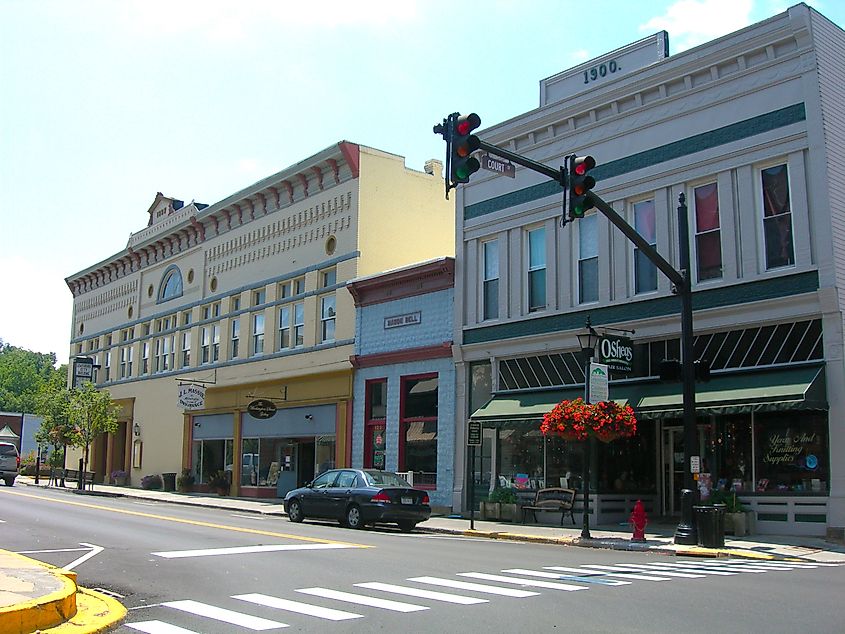
Established at the confluence of the Greenbrier River and Howard's Creek, Lewisburg's main corridor, Washington Street, has been at the center of the region’s economy since 1782, when the Virginia Assembly incorporated the town. Today, this old county seat preserves one of the nation's most intact 18th and 19th-century downtowns as the sprawling Lewisburg Historic District with its many hundreds of old buildings.
Notable among these structures are log cabins dating from 1755-1769, the Greenbrier Valley Bank Building from 1897, and Carnegie Hall, built in 1902 and now the region's top venue. The Greenbrier Valley Theatre, also located in the historic district, serves the community with its year-round productions in a converted 1940s movie house.
The town's most peculiar tradition, the Shanghai Parade, dates back to 1896 and transforms Washington Street every January 1st into a riot of color and eccentricity that sees locals dress up in often bizarre costumes to welcome in the New Year. Make a stay of it and book a night or two at the historic General Lewis Inn at the eastern end of Washington Street. Built around an 1834 residence with a 1920s addition, it features 24 boutique-style rooms furnished with period antiques, with no two rooms alike.
Harpers Ferry
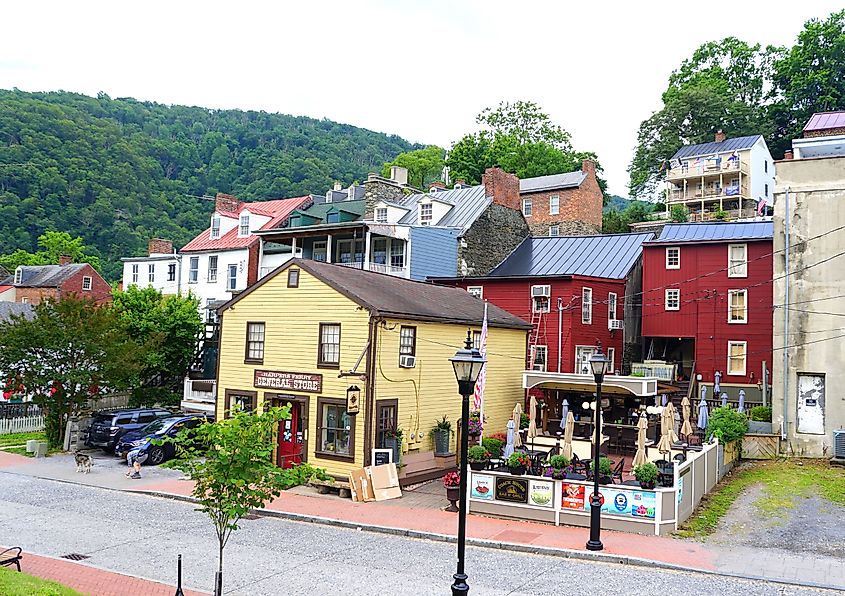
Strategically located where the Potomac and Shenandoah Rivers converge, Harpers Ferry's main routes - High Street and Shenandoah Street -offer a unique glimpse into America's industrial and Civil War heritage. Settled in 1733, it’s named after Robert Harper, who purchased the land and established the ferry service that gave the town its name. Despite its diminutive size (it’s home to just 342 residents) it now attracts over half a million visitors annually to explore Harpers Ferry National Historical Park and the town’s fascinating history.
The town has a strong connection to George Washington who established federal armory here in 1799. Between 1801 and the Civil War, it manufactured most of the nation's arms, supplied the Lewis and Clark expedition, and became the first place in the world to use interchangeable parts in manufacturing. The town is also known as the place where abolitionist John Brown led his raid on the arsenal, an event that played a role in starting the Civil War. John Brown's Fort, where he made his final stand, can be seen in Arsenal Square.
Lower Town's restored Shenandoah Street is the town’s main commercial corridor, with stone buildings from the 1840s that now house museums, shops, and restaurants. The pretty St. Peter's Roman Catholic Church, built in 1833, is extremely photogenic and serves as the departure point for the town's popular ghost tours.
Thomas
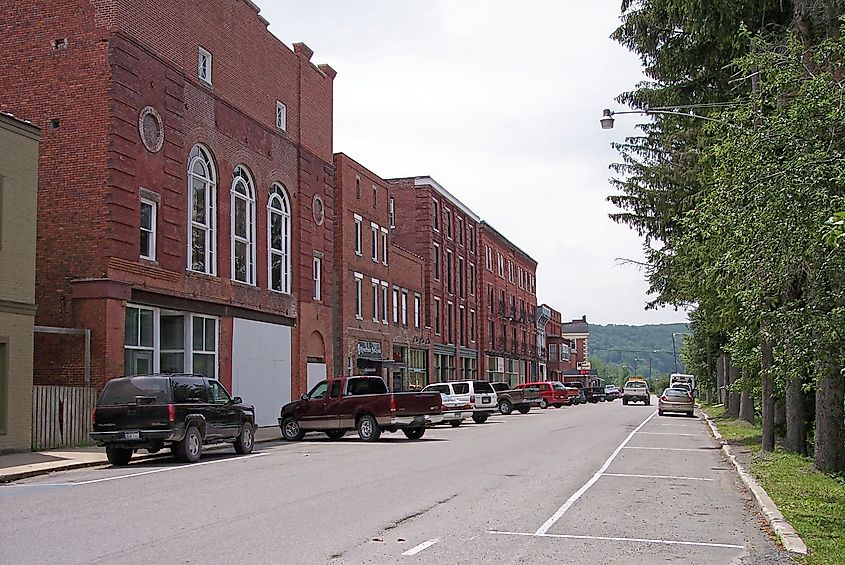
Located in the Allegheny Highlands, Thomas's East Avenue (Front Street) preserves one of West Virginia's most intact turn-of-the-century commercial districts. The West Virginia Central & Pittsburg Railway arrived here in August 1884, instantly transforming the wilderness into an industrial powerhouse as home of one of the world’s largest coal mines, Davis Coal and Coke. Following a devastating fire n 1901 that destroyed 83 original wooden buildings in just two hours, the town rebuilt with the attractive brick structures that define now define the town’s streetscape.
Must-visits include The Purple Fiddle, housed in the old DePollo General Store building and now a venue featuring live acoustic music that attracts touring musicians from across the Mid-Atlantic. Thomas has also become an unexpected arts hub, with over a dozen galleries and studios lining its two-block Main Street, including the trendy Invisible, Creature, and BLOOM galleries. Topping this main street fun is the town’s ArtSpring Festival with its gallery openings, artist demonstrations, and live performances throughout downtown Thomas.
Buckhannon
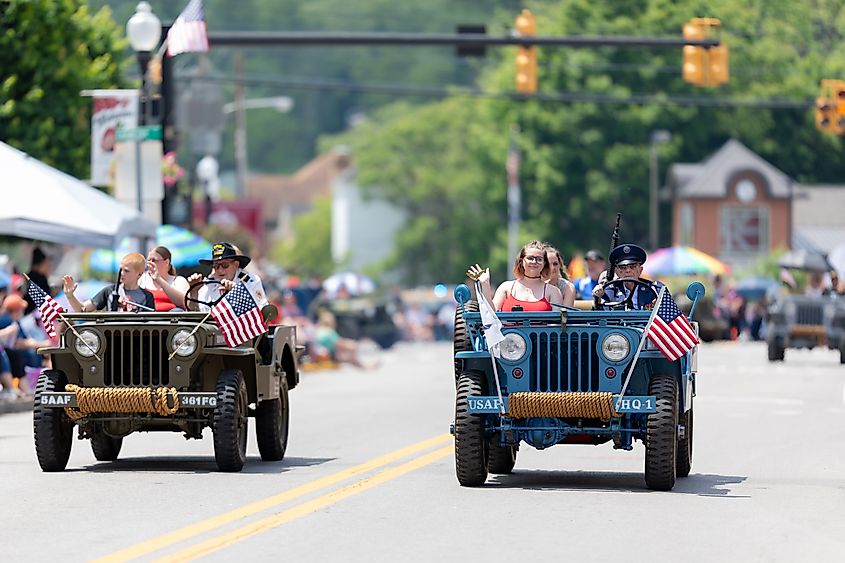
Set along the Buckhannon River in north-central West Virginia, Buckhannon Main Street preserves the charm of 1950s downtown America and is about as picture-perfect a place to visit as you’ll find anywhere. Established in 1816, the Downtown Buckhannon Historic District features many fine examples of late-19th and early-20th century architecture, including the T. L. Stockert Building from 1908, the Peoples Bank Building from 1910, and the Classical Revival-style Upshur County Courthouse, completed in 1900.
Other Main Street highlights include the Colonial Arts Center, occupying a restored 1930s movie theater and now home to Buckhannon Community Theatre, while the historic First Presbyterian Church, built in 1879, is set in the district's western edge. Best time to visit Buckhannon Main Street? Shoot for May for the West Virginia Strawberry Festival which turns the downtown area into a nine-day celebration dating back to 1936. Highlights include parades, arts and craft shows, live entertainment on Main Street, and the traditional Friday afternoon Strawberry Auction.
Fayetteville
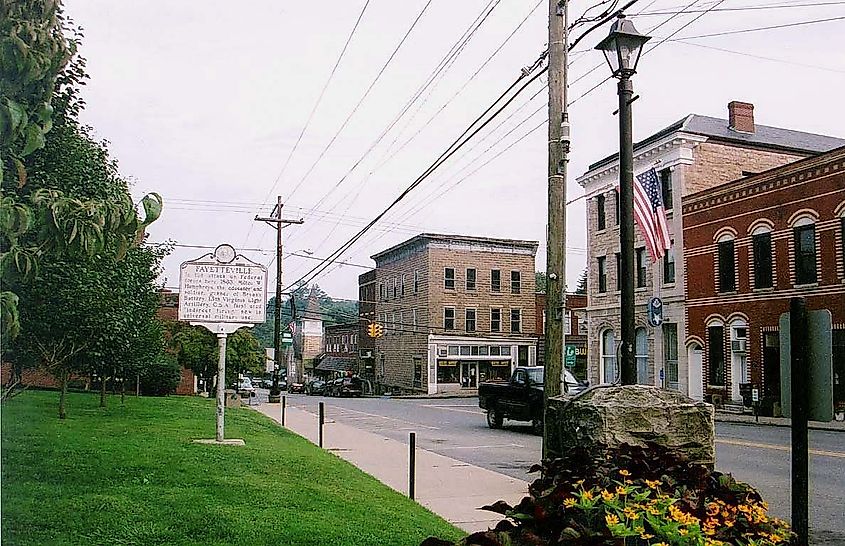
Well-known among outdoors types as the gateway to New River Gorge National Park and Preserve, Fayetteville's Court Street is the go-to place if you’re visiting the adventure capital of West Virginia. Fayetteville Historic District is home to many preserved structures from this boom period, including the elegant red-brick Fayette County Courthouse from 1895. The Court Street corridor offers eclectic dining and shopping within walking distance of outdoor outfitters, including the original Pies & Pints location.
Once the state’s largest coal-producing center, its stunning scenery and proximity to the New River Gorge Bridge, completed in 1977, quickly turned it into a popular outdoor recreation and sightseeing destination. Spanning 3,030 feet and an impressive 876 feet above the river, it’s the world’s largest single-arch expansion bridge. A great day to visit is Bridge Day. Held each October, West Virginia's largest single-day festival includes BASE jumpers from around the world lining up to legally fling themselves off the structure.
Shepherdstown
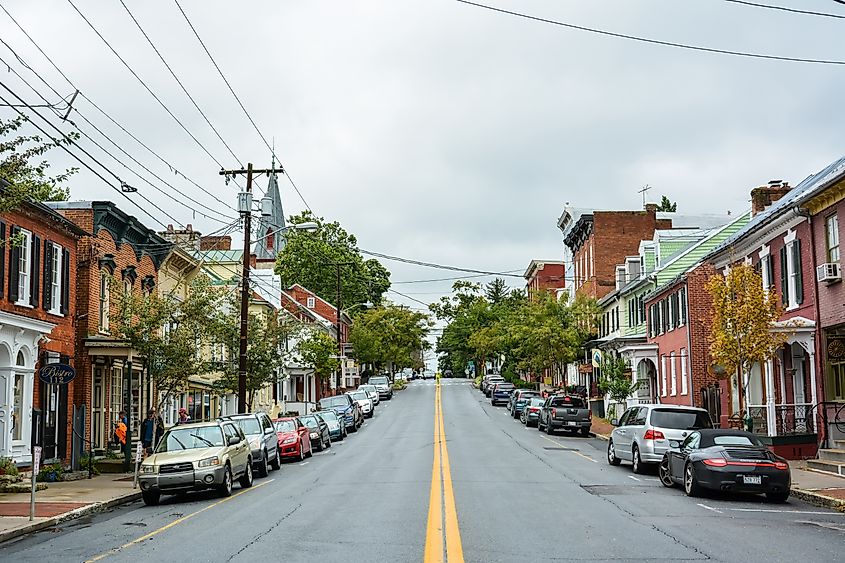
Located on the banks of the Potomac River, German Street is the main drag of Shepherdstown, a colonial-era town founded in 1762 and one of West Virginia's oldest towns. Start exploring in Shepherdstown Historic District, concentrated along German Street and where you’ll find buildings constructed in the late 1700s and early 1800s. History was made here in 1787 when entrepreneur James Rumsey successfully demonstrated the first steamboat on the Potomac River, predating Robert Fulton's more famous steamboat by decades. You’ll find the James Rumsey Monument overlooking the very stretch of river where this revolutionary vessel caused a stir.
Shepherdstown’s other firsts were equally impressive, with West Virginia's first newspaper, The Potomac Guardian and Berkeley Advertiser, and first book, The Christian Panoply, published here in the 1790s. Downtown German Street still thrives with historic buildings like the Shepherdstown Opera House, built in 1919, now presenting indie films and live performances
The Final Word
The best of West Virginia's Main Streets, having survived dramatic changes in fortune brought on by war and industrial decline, have certainly bounced back. Once more thriving commercial corridors where history, culture, and even outdoor adventures abound, they’re also hotbeds of enterprise, entrepreneurship, and ingenuity. They clearly demonstrate how communities can preserve their architectural heritage while at the same time adapting to modern tourism and cultural economies. Check out this article on the six Main Streets where West Virginia comes alive, and you’ll see what we mean.
